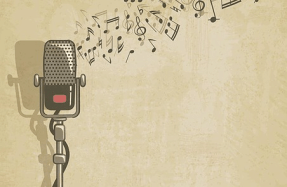
When master pianist Earl “Fatha” Hines was in the midst of a 12-year residency at the Grand Terrace nightclub on the South Side of Chicago, he worked for the mob. Everyone knew that the club was owned by a consortium that included notorious Prohibition-era mobster Alphonse Capone, who owned a piece of at least five clubs in and around the city.
As Hines achieved stardom at the Grand Terrace (his shows were aired on national radio) he adhered to a policy of the three monkeys, i.e., hear no evil, see no evil, speak no evil. He heard mob hits being discussed, held money for gangsters, and when the St. Valentine’s Day massacre was engineered by Capone on February 14, 1927, Fatha Hines wondered if he was in business with mass murders. As he said years later in an interview, “There’s not a single big name of the show world—Duke Ellington, Cab Calloway, Louis Armstrong—who hasn’t at one time or another had contact with the Syndicates,” adding ruefully, “The racketeers owned me too.”
The type of relationship to which Hines was alluding began in the earliest years of jazz and continued at least into the 1980s. Mobsters owned nightclubs and used them as money laundering operations. They sank their fangs into every aspect of the business: recording, jukebox concessions, promotion, and management. The business of jazz was one way the mob franchised itself around the U.S., operating not only in the legendary jazz cities—New Orleans, New York, Kansas City, and Chicago—but also in midsized cities like St. Louis, Pittsburgh, Detroit, Denver, and on the West Coast.
Many of the most renowned musicians became entangled in this historical narrative. Along with Hines and the musicians he cited, Jelly Roll Morton, Fats Waller, Billie Holiday, Nat King Cole, Count Basie, Charles Mingus, Dizzy Gillespie, Betty Carter, Tony Bennett, Frank Sinatra, and others have written or spoken about their run-ins with gangsters. Throughout much of jazz




